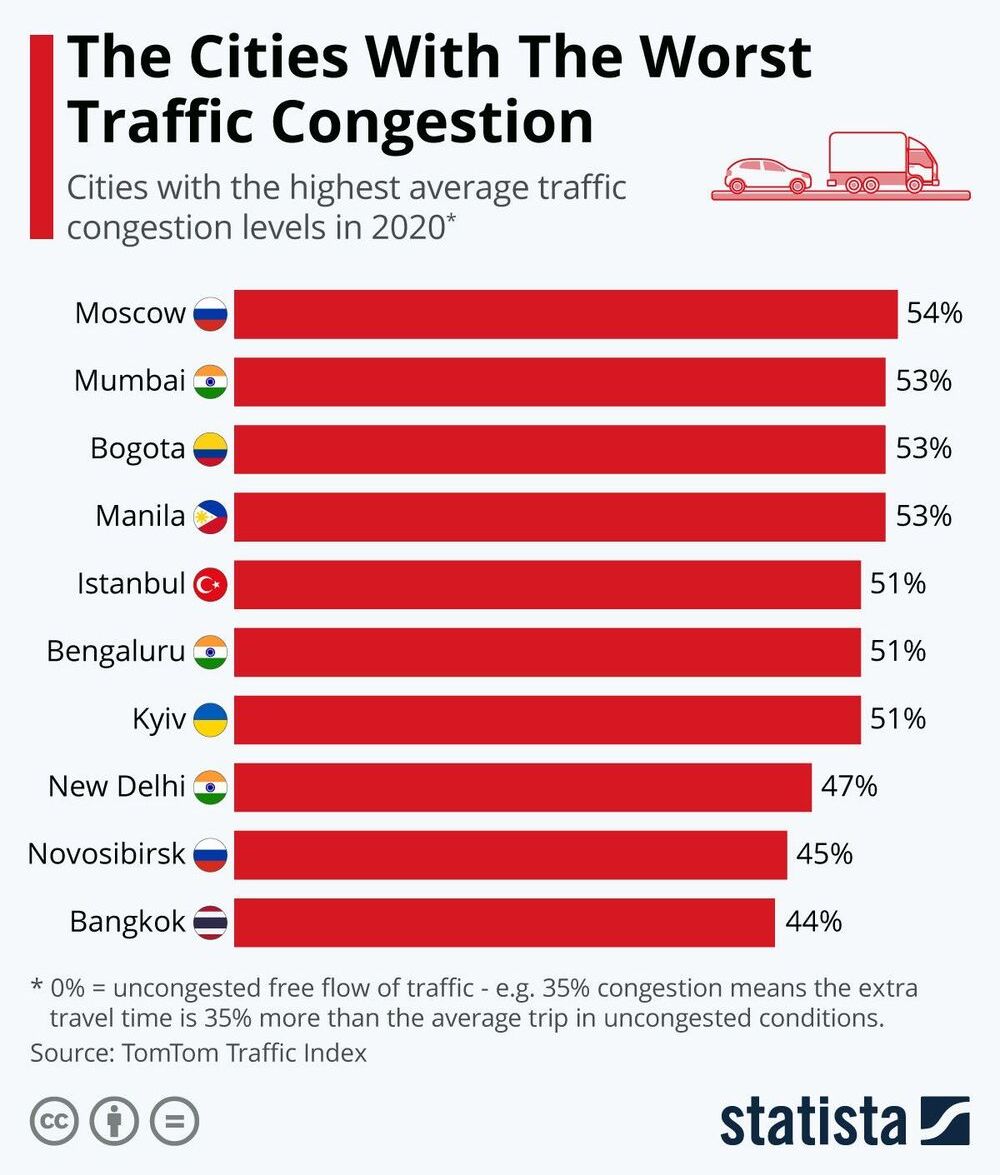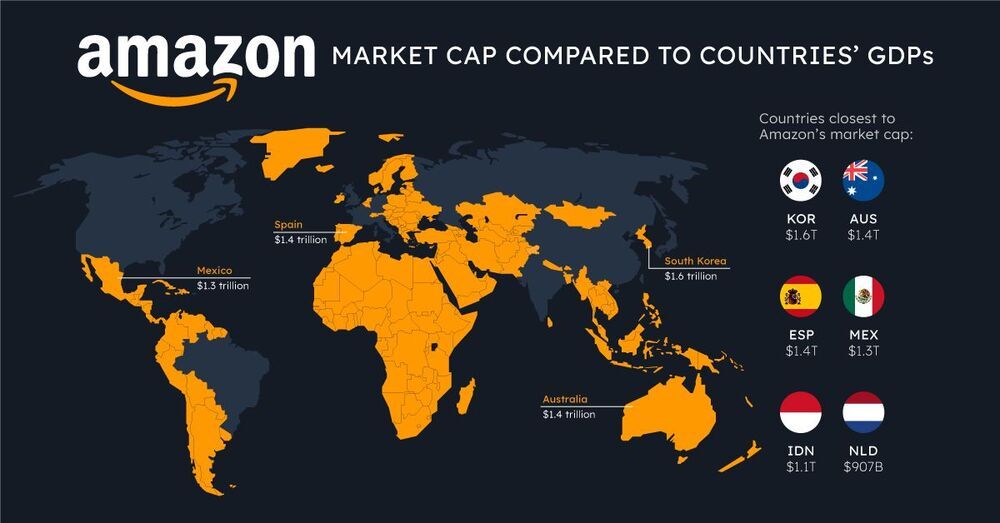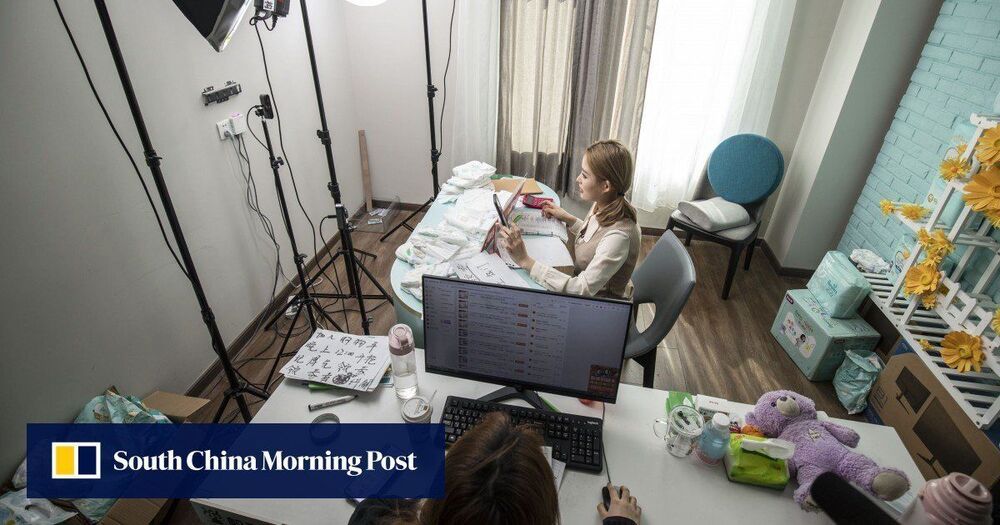Circa 2019
Imagine we go through the disruptive transition between an economy where we need to work to make a living, to one where we don’t. It is hard to imagine because in North America; we haven’t been in this situation since the colonial era. Back in the colonial era, most people were farmers and families had to build their own homes. Neighbors traded with each other and with the closest town with what they had to get what else they needed. Those were difficult days with minimal supply chains established in North America. It is not a period we want to go back to, but we may learn from our forebears to prepare us for what is to come.
It is no surprise, in this age where automation is threatening to replace all employees, that we have concerns about how we can still function as a society when automation will take over most jobs. Fortunately, the same systems that threaten our livelihoods can bring us to a Golden Age of civilization where people live free, happy lives, without the concern for survival. I talk about the future of work in an article I published earlier this year. In a nutshell, and for the purpose of this article, I’ll jump to the conclusion: there won’t be enough demand for humans to have jobs within the next 20 years to sustain an employment-taxation type of economy.
We need to transform our economy to one that fits our aspirations and available technologies.







